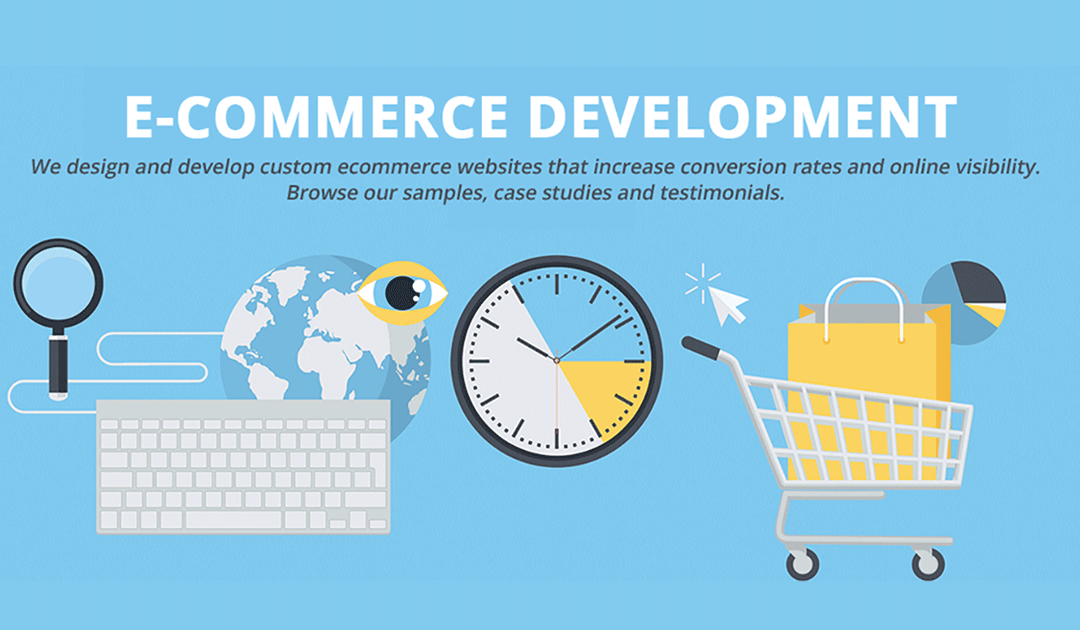In the digital age, creating an online marketplace has become an increasingly popular business model. Whether you want to sell products, services, or facilitate peer-to-peer transactions, WordPress provides an excellent platform to launch and manage your marketplace. In this comprehensive guide, we’ll walk you through the process of building a successful marketplace on WordPress, step by step.
1. Introduction
Understanding Online Marketplaces
Online marketplaces are platforms that connect buyers and sellers, facilitating transactions for products, services, or both. They come in various forms, from e-commerce marketplaces like Amazon and eBay to service-oriented platforms like Fiverr and Upwork. Running a successful online marketplace can be a lucrative business venture, but it requires careful planning, the right technology, and effective marketing strategies.
Why Choose WordPress for Your Marketplace?
WordPress is a versatile and user-friendly content management system (CMS) that powers more than 40% of websites on the internet. Its flexibility and extensive plugin ecosystem make it an excellent choice for building and managing online marketplaces. Some of the key reasons to choose WordPress for your marketplace include:
- Open Source: WordPress is open-source software, which means it’s free to use and highly customizable.
- Large Community: A vast community of developers and users provides support, resources, and plugins to extend WordPress’s functionality.
- SEO-Friendly: WordPress is inherently SEO-friendly, helping your marketplace rank higher in search engine results.
- Plugin Options: Numerous marketplace-specific plugins are available to simplify the creation and management of your platform.
In the following sections, we’ll delve into the specifics of planning, building, and growing your WordPress marketplace.
2. Planning Your Marketplace
Identifying Your Niche
Before diving into marketplace development, you must identify your niche. Consider what products or services your marketplace will offer and what sets you apart from competitors. Niche marketplaces often have a better chance of success by catering to a specific audience.
Conducting Market Research
Market research is crucial for understanding your target audience, their needs, and your competition. It helps you make informed decisions about your marketplace’s features, pricing, and marketing strategies.
Setting Clear Goals and Objectives
Establish clear and measurable goals for your marketplace. These goals will guide your decision-making throughout the development and growth phases. Examples of goals include reaching a certain number of users, achieving a specific revenue target, or expanding to international markets.
3. Choosing the Right WordPress Plugins
Selecting the right WordPress plugins is a critical step in creating your marketplace. Several plugins are designed specifically for building marketplaces. Here are some popular options:
WooCommerce
WooCommerce is one of the most widely used e-commerce plugins for WordPress. While it’s primarily known for single-store setups, it can be extended to create a multi-vendor marketplace with the help of add-ons like WooCommerce Product Vendors.
Dokan
Dokan is a dedicated multi-vendor marketplace plugin for WordPress. It offers features like vendor dashboards, commission management, and frontend product submissions.
Marketify
Marketify is a theme and plugin combination that transforms your WordPress site into a fully functional marketplace. It comes with features like user reviews, digital product support, and customizable layouts.
WP Marketplace
WP Marketplace is another multi-vendor plugin for WordPress that allows you to create and manage a marketplace. It includes features such as commission management and vendor dashboards.
Other Relevant Plugins
Depending on your specific requirements, you might need additional plugins for features like advanced search, social integration, or subscription-based memberships. Evaluate your needs and choose plugins accordingly.
In the next section, we’ll explore the steps to set up your WordPress marketplace, from domain selection to plugin installation and configuration.
4. Setting Up Your WordPress Marketplace
Domain and Hosting Selection
Your domain name and hosting provider are foundational to your marketplace’s success. Choose a domain name that reflects your marketplace’s identity and is easy for users to remember. Additionally, opt for reliable hosting that can handle the expected traffic and provide good performance.
Installing WordPress
Most hosting providers offer a one-click WordPress installation process. Follow the instructions provided by your hosting company to set up WordPress on your chosen domain.
Selecting a Suitable Theme
Choosing an appropriate theme is essential for the visual appeal and functionality of your marketplace. You can find various marketplace-oriented themes in the WordPress theme repository or on third-party marketplaces.
Installing and Configuring Your Chosen Marketplace Plugin
After installing WordPress and selecting a theme, it’s time to install your chosen marketplace plugin. Each plugin has its installation and configuration process, so follow the documentation provided by the plugin developer.
In the next section, we’ll discuss customizing your marketplace, including design and branding, essential pages, and payment gateways.
5. Customizing Your Marketplace
Design and Branding
Your marketplace’s design and branding play a crucial role in attracting and retaining users. Customize the theme to match your brand colors and logo. Ensure that the design is responsive and user-friendly on both desktop and mobile devices.
Adding Essential Pages
Create essential pages to provide information and facilitate transactions on your marketplace. These pages typically include:
- Homepage: Showcase featured products or services and provide a search bar for users to find what they need.
- Product Listings: Organize product/service listings into categories and provide filters for easy navigation.
- User Dashboard: Give vendors and customers a personalized dashboard to manage their accounts, listings, and transactions.
- About Us: Share your marketplace’s story, mission, and values.
- Contact Us: Offer multiple ways for users to get in touch with your support team.
Configuring Payment Gateways
Secure payment processing is vital for any online marketplace. WordPress marketplace plugins often support various payment gateways, including PayPal, Stripe, and more. Configure the payment gateways that are most convenient for your target audience.

